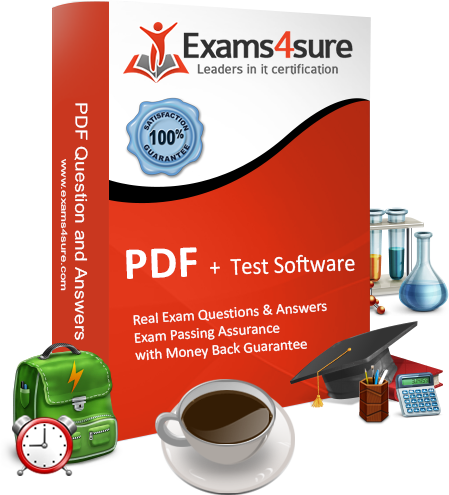
PECB ISO-9001-Lead-Auditor
In Real Exam At Testing Centre
Exact Questions as in Real Exam Word by Word
PECB ISO-9001-Lead-Auditor Questions and Answers
Latest and Up-to-Date ISO-9001-Lead-Auditor dumps with real exam questions answers.
Get 3-Months free updates without any extra charges.
Experience same exam environment before appearing in the certification exam.
100% exam passing guarante in the first attempt.
15 % discount on more than one license and 25 % discount on 10+ license purchases.
100% secure purchase on SSL.
Completely private purchase without sharing your personal info with anyone.
With the complete collection of ISO-9001-Lead-Auditor practice test, Exams4sure has assembled to take you through ISO 9001 test questions for your PECB exam preparation. In this ISO-9001-Lead-Auditor exam dumps study guide we have compiled real QMS ISO 9001:2015 Lead Auditor Exam exam questions with their answers so that you can prepare and pass ISO 9001 exam in your first attempt.
Familiarity with Exam Format:
One of the main reasons candidates might look towards ISO-9001-Lead-Auditor dumps is to familiarize themselves with the PECB exam format. ISO 9001 practice exam can give a glimpse into the types of questions asked and how they are structured.
Identifying Key Topics:
QMS ISO 9001:2015 Lead Auditor Exam exam questions can highlight recurring themes and topics that are frequently tested, helping PECB candidates to focus their studies on areas of high importance.
Time Constraints:
Candidates under tight schedules may feel pressured to use QMS ISO 9001:2015 Lead Auditor Exam exam dumps as a way to quickly cover a lot of material. This is often seen in situations where ISO 9001 certification is needed for job retention or promotion.
Confidence Boosting:
Seeing and answering ISO-9001-Lead-Auditor exam-like questions can boost a candidate's confidence, making them feel more prepared for the actual PECB exam.


TESTED 27 Jul 2024
Hi this is Romona Kearns from Holland and I would like to tell you that I passed my exam with the use of exams4sure dumps. I got same questions in my exam that I prepared from your test engine software. I will recommend your site to all my friends for sure.
Our all material is important and it will be handy for you. If you have short time for exam so, we are sure with the use of it you will pass it easily with good marks. If you will not pass so, you could feel free to claim your refund. We will give 100% money back guarantee if our customers will not satisfy with our products.